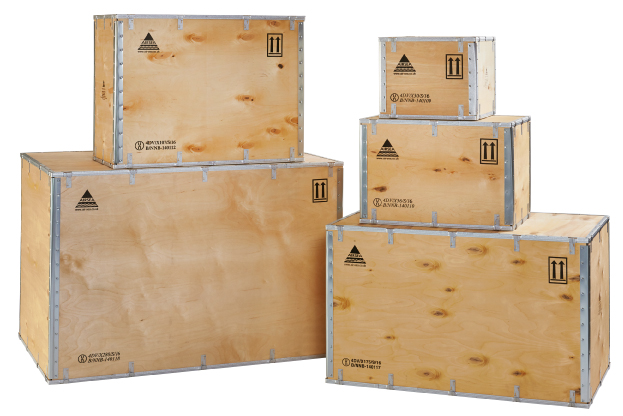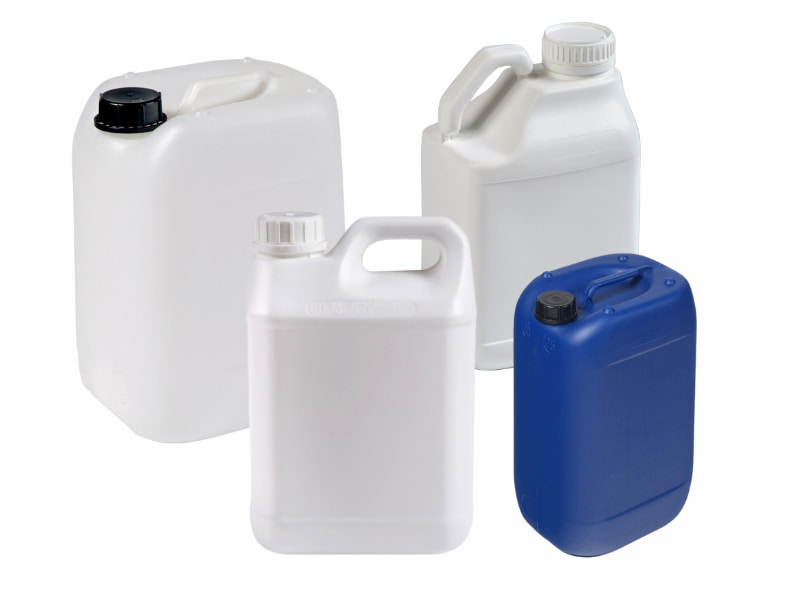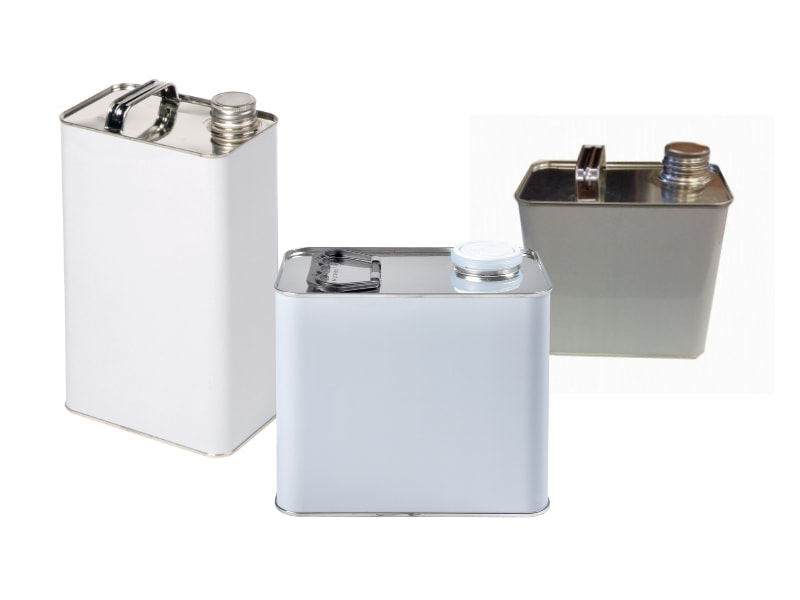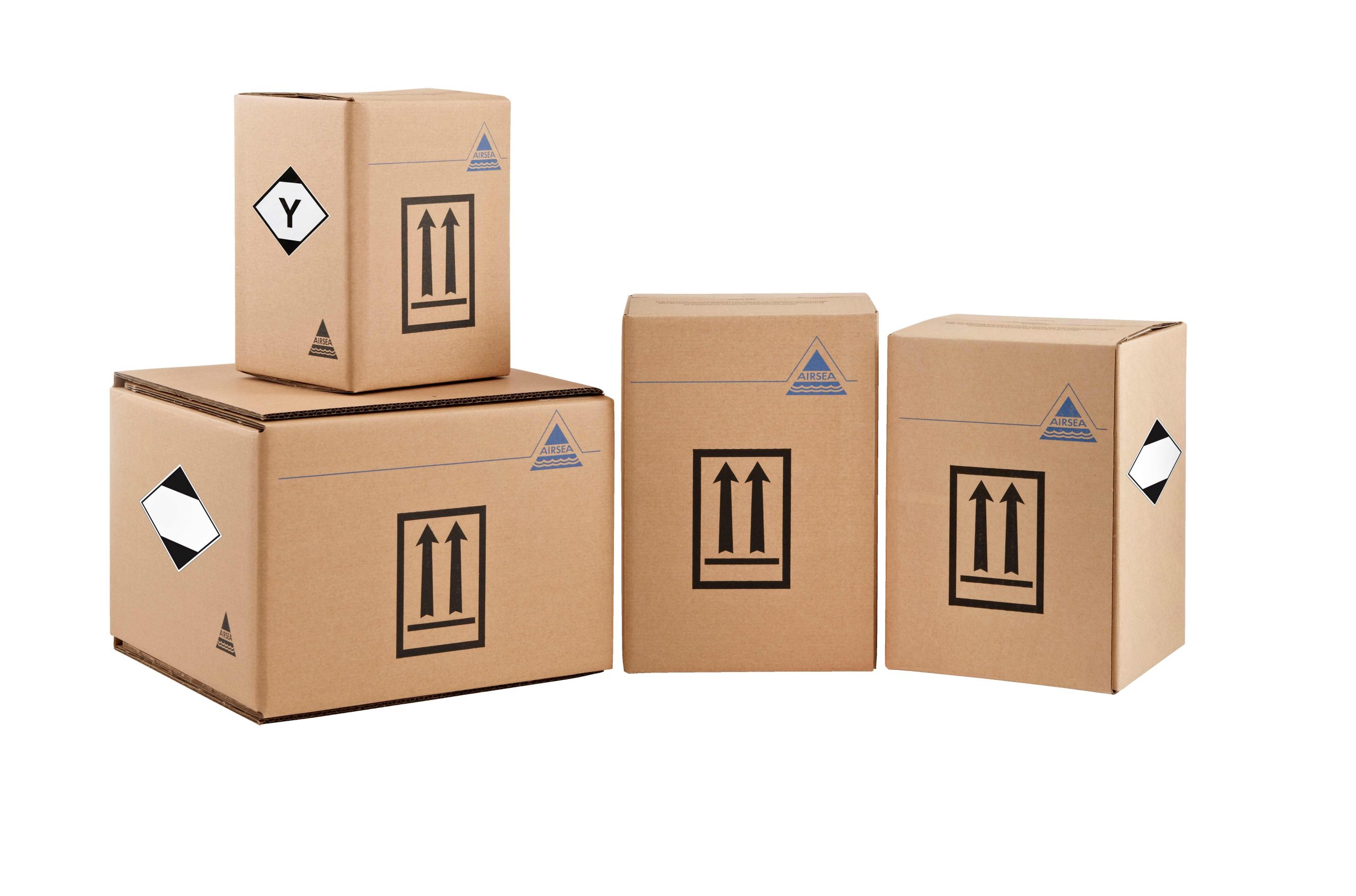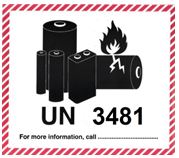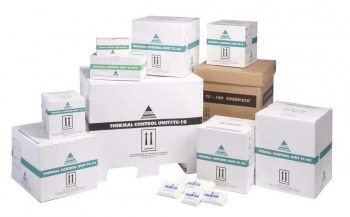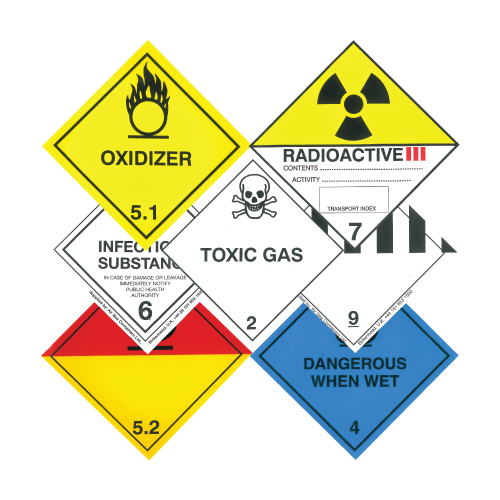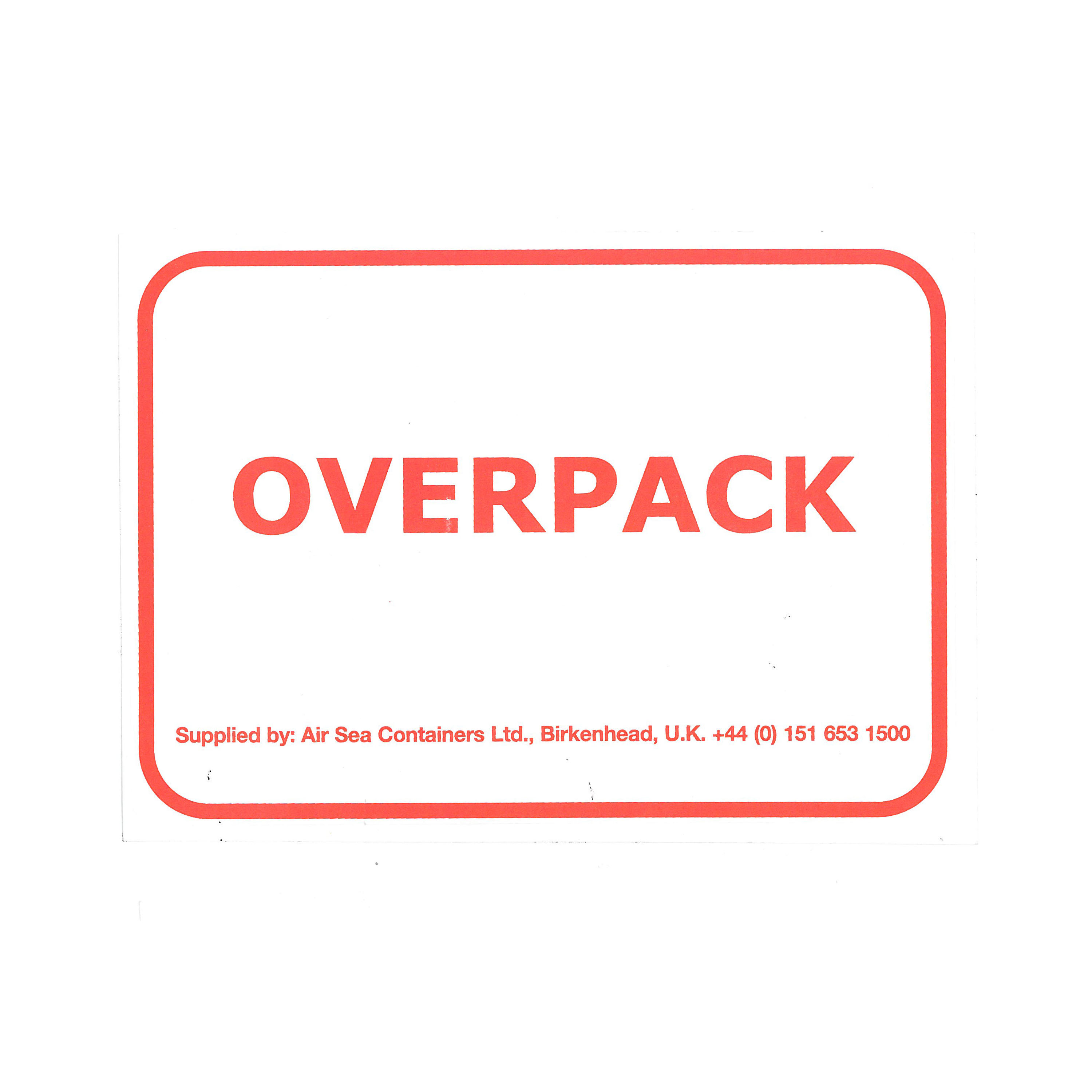Hazardous Goods, also known as hazardous materials (HazMat), are articles or substances that are capable of posing a significant risk to health, safety, property or the environment and which are listed in UN dangerous goods regulations. HazMat can range from everyday household products like lithium batteries and cleaning chemicals to industrial materials like flammable gases, toxic substances, and explosives. Proper handling, transportation, and storage of hazardous goods are crucial to prevent accidents and ensure the safety of people and the environment. There are thousands of individual hazardous goods identified on the list of dangerous goods which can be found in UN dangerous goods regulations.
Classifying Hazardous Goods
Hazardous goods meet the criteria of one or more of nine UN hazard classes and where applicable, assigned to one of three UN Packing Groups.
The nine hazard classes relate to the type of hazard which help in identifying and managing them effectively, packing groups relate to the applicable degree of danger within the class.
The United Nations has established nine primary classes for these goods, some of which are subdivided into hazard divisions.
What are the nine hazard classes?

Class 1 – Explosives: These include substances and articles that can cause explosions. Examples are pyrotechnics, fireworks and ammunition.
- Division 1.1—Articles and substances having a mass explosion hazard.
- Division 1.2—Articles and substances having a projection hazard but not a mass explosion hazard.
- Division 1.3—Articles and substances having a fire hazard, a minor blast hazard and/or a minor projection hazard but not a mass explosion hazard.
- Division 1.4—Articles and substances presenting no significant hazard.
- Division 1.5—Very insensitive substances having a mass explosion hazard.
- Division 1.6—Extremely insensitive articles which do not have a mass explosion hazard.
Class 2 – Gases: This class includes compressed, liquefied, or dissolved gases. These gases can be flammable, toxic, or corrosive, such as propane, butane, nitrogen, helium, carbon dioxide, phosgene or chlorine.
- Division 2.1—Flammable gas.
- Division 2.2—Non-flammable, non-toxic gas.
- Division 2.3—Toxic gas.
Class 3 – Flammable Liquids: Flammable liquids have low flash points and can easily catch fire. Common examples are petrol, lighter fluid and alcohol.
Class 4 – Flammable Solids; Substances Liable to Spontaneous Combustion; Substances which, in Contact with Water, Emit Flammable Gases: Matches, sulphur, and magnesium silicide are examples of flammable solids.
- Division 4.1—Flammable solids, self-reactive substances, polymerizing substances and solid desensitized explosives.
- Division 4.2—Substances liable to spontaneous combustion.
- Division 4.3—Substances which, in contact with water, emit flammable gases.
Class 5 – Oxidizing Substances and Organic Peroxides: These substances can cause or contribute to the combustion of other material by yielding oxygen. Hydrogen peroxide stabilized and ammonium nitrate are examples.
- Division 5.1—Oxidizer.
- Division 5.2—Organic peroxides.
Class 6 – Toxic and Infectious Substances: These include substances that can cause harm or death if inhaled, ingested, or contacted by skin, such as arsenic, mercury sulphate, cyanide solutions, ebola virus, sabia virus and medical waste.
- Division 6.1—Toxic substances.
- Division 6.2—Infectious substances.
Class 7 – Radioactive Materials: These are materials that emit radiation, such as uranium hexafluoride.
Class 8 – Corrosive: Corrosives can cause severe damage to living tissue and other materials. Examples include ammonia solution, sulphuric acid, hydrochloric acid and sodium hydroxide.
Class 9 – Miscellaneous Dangerous Substances and Articles, Including Environmentally Hazardous Substances: This category includes any dangerous goods that pose a hazard during transport that do not fit into the other classes, such as lithium batteries, dry ice, asbestos chrysotile, environmentally hazardous substance and magnetized material.
What are the UN Packing Groups?
Substances are assigned to the relevant packing group according to the degree of danger they present:
- Packing Group I (X): high danger.
- Packing Group II (Y): medium danger.
- Packing Group III (Z): low danger.
The Importance of Compliant Packaging
Shipping dangerous goods requires strict adherence to dangerous goods regulations to prevent accidents, injuries, and environmental damage. The consequences of incorrectly packing these materials can be severe, including fires, explosions, toxic spills, and exposure to hazardous substances. It is essential to understand the packaging requirements set out in the relevant mode of transport regulations when selecting and assembling the packaging for the dangerous goods.
This includes:
(a) identify, correctly and fully, all articles and substances that meet the criteria as dangerous goods within the consignment.
(b) classify each item of dangerous goods by determining under which of the nine classes it falls and where relevant, determining any subsidiary hazards.
(c) where relevant, assign each item of dangerous goods to one of the three packing groups within the assigned class or division.
(d) refer to the correct Packing Instructions to ascertain permitted packaging and quantity limits.
(e) assemble, secure and label the package correctly in the manner intended for use.
(f) complete all documentation required for the shipment.
Conclusion
Understanding what constitutes Hazardous goods and how to handle them safely is crucial for preventing accidents and ensuring public and environmental safety. By following regulations, using correct packaging, implementing best practices, ensuring proper training and equipment, the risks associated with hazardous goods can be effectively managed. No matter what industry you are in, staying informed and vigilant is key to maintaining safety when dealing with dangerous goods.
 US
US



